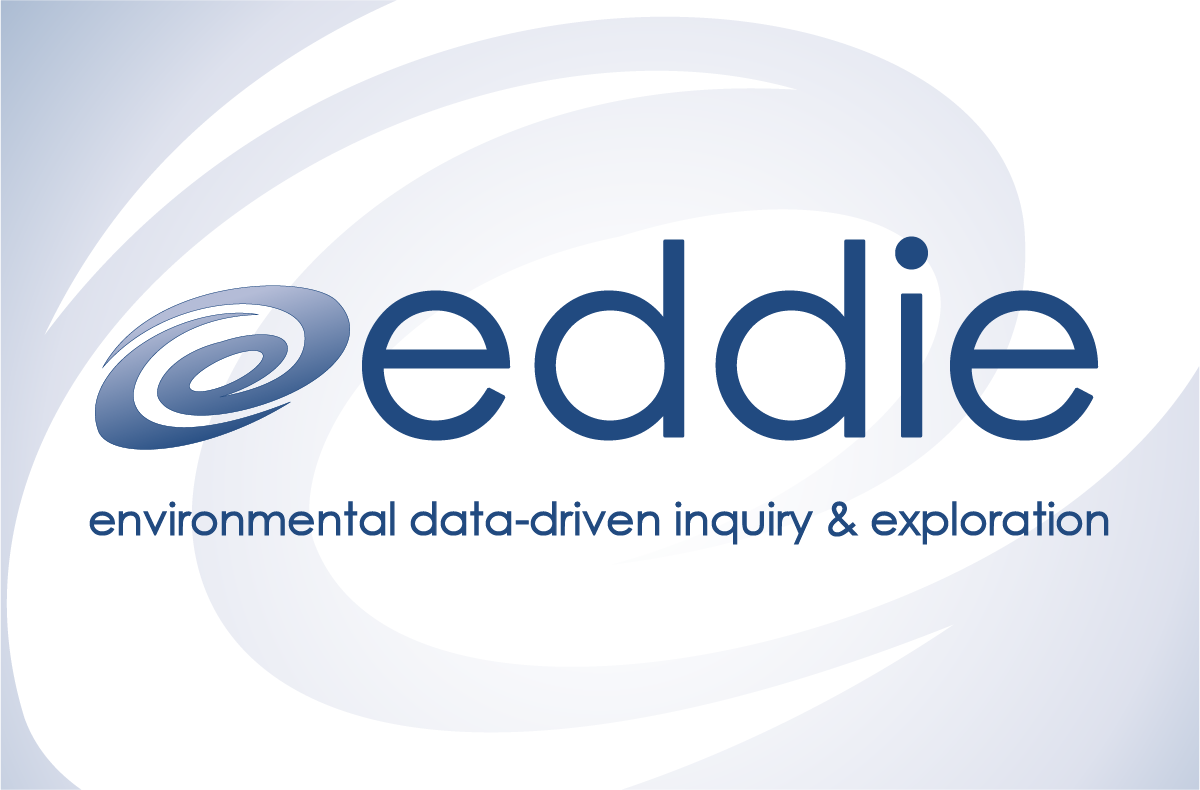Using the Project EDDIE Sustainability Metrics module in Exploring Earth
Author(s): Anne Meltzer
Lehigh University
334 total view(s), 137 download(s)
Description
Context for Use
The EDDIE sustainability metrics module was included in a lab designed around Big Idea 9 of the Earth Science Literacy Initiative: Humans Significantly Alter the Earth. This lab takes place in the 12th week of a 14 week semester. It is the final lab in the course. In the last two weeks of the semester students work on an integrative project. By this time of the semester, students have had lots of practice working with diverse sets of data. They have also been introduced (indirectly) to the IPAT framework in a previous lab on resource use, distribution, and limits. As this is a stand alone laboratory course for non-majors, all material including framing concepts, context, relevance, and lab instruction is presented within a single 2 hour 40 minute block. This single block includes the time necessary for students to complete and turn in the lab within the lab period.
Instructor Notes
The sustainability metrics module was the second part of a two part lab. The first part of the lab looked at anthropogenic impact on water resources. As this is a non-major course and the lab included an additional exercise, only parts A and B were implemented. Because students were already familiar with working with a variety of data and had seen and worked with the IPAT framework in a previous lab, implementing this module was relatively straightforward. Had that not been the case, an instructor would need to build in sufficient time up front to explain the data and IPAT framework. When introducing the module, we launch GapMinder together. The app is running and projected onscreen. We work through the first part of Part A (learning how to use GapMinder) together. This reduces student anxiety and/or frustration that can come with using new data visualization tools and unfamiliar data. It also keeps the class moving through the lab at a similar pace which makes it easier to answer questions, creates a sense of cohesion, and allows students to explore the data sets in Part B together. It also helps student focus on exploring the data and what they show rather than struggling with the specifics of a new app. Parts A and B were completed in approximately an hour.
Changes.
As this was the first implementation of this module, very little was changed. As with cooking, unless there’s an obvious problem with the recipe I tend to follow it the first time through, and then modify it the next time if needed or desired. The student guide with the lab module was modified to fit the structure and format of labs in the course. We use a LMS system. All labs have an online material and instruction document and an answer template that students use to complete the lab and upload to the LMS system. All grading is online through the LMS system. Using the lab template simplifies online assessment.
Future Use
When implementing this module next time, students will do Part B in pairs. We’ll also build in time for student pairs to share their results with the class as a whole and to end with a larger class discussion of human impacts on Earth systems and how this relates to sustainability. We do this in most of the labs and students really get a lot out of the class discussion. It helps shift the students from a transactional mindset (what do I need to do to finish and move on) to what can I learn and share with others. This seems to help make the material and concepts more relevant to the students.
The complete sustainability metrics module, parts A, B, and C will be used in an Earth and Environmental majors course on sustainability.
Notes
modified student handout and created answer template
Cite this work
Researchers should cite this work as follows:
- Meltzer, A. (2023). Using the Project EDDIE Sustainability Metrics module in Exploring Earth. Project EDDIE Fall 2022 FMN, QUBES Educational Resources. doi:10.25334/VNK1-8269
